Going electric makes your home safer and more convenient, but you could supercharge your all-electric home by adding solar panels and battery storage. Once you've converted your home to electric, adding solar plus storage saves you money and reduces your carbon footprint.
Solar panels can pay for themselves. Installing solar panels on your home saves money on electric bills. Depending on where you live, a rooftop solar system can pay for itself in three to 10 years, with decades of free electricity from the sun afterward.
Solar panels offer remarkable longevity. While solar panels do degrade over time, they still produce up to 85% of their original power after 30 years.
Grid-tied systems work with the grid to provide power even without sunlight. Most modern solar systems are grid-tied, meaning that they're connected. Power flows out to the grid when you're producing more than you're using, and it flows from the grid to your home when you're producing less than you need. The advantage is you don't need battery storage in order to have solar energy. The grid acts like a battery to make sure you always have power.
Battery storage can provide power to your home during a disruption. Adding batteries to your grid-tied system means you can use your own solar power at night and on cloudy days. At the same time, a battery can power your home during blackouts.
Getting started with solar energy is easy. Reputable installers will come to your home for a free assessment and quote.
Incentives can lower the upfront investment. Take advantage of incentives such as tax credits, grants and loans. These can significantly reduce the upfront costs.
Adding solar plus storage to your all-electric home can make living in your home and on the planet better every day.
